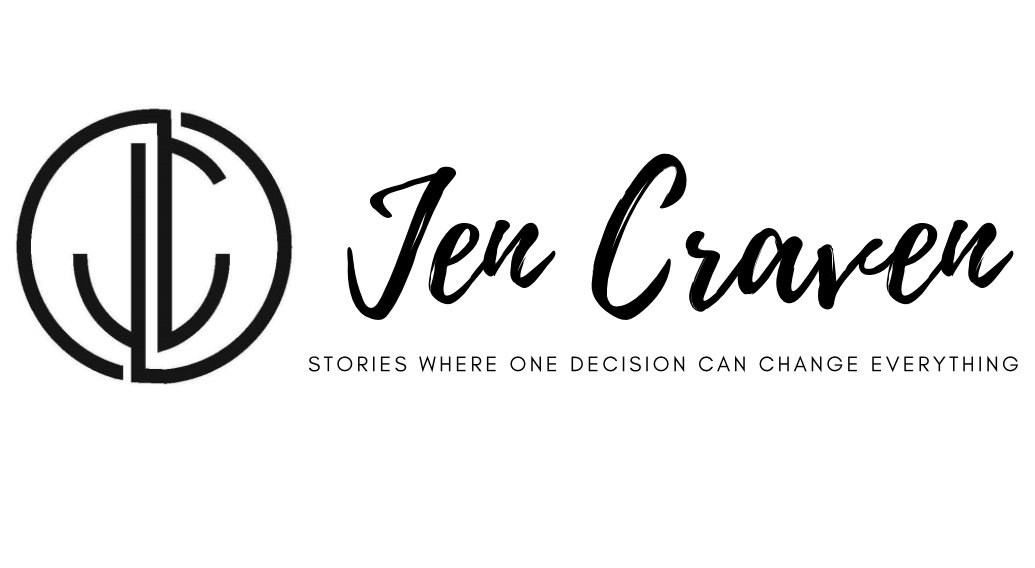Person vs. Plot: How I Write My Books
I’m regularly asked the question, “Where the hell did that idea come from?” Like most writers, many of my story concepts derive from things in my own life, things that I’ve seen first-hand, or things that I’ve read in the media. “Ripped from the headlines” is a phrase for a reason—these stories are often sensationalized retellings of events that have happened in real life.
That’s not to say everything in my books has happened to me (no, I never crossed the line with a student, and no, I’ve never passed a stranger’s child off as my own). Sometimes it can be the character who is based on someone in my life, or a real-life tidbit that I let grow in my mind. Either way, it’s not uncommon for my ideas to stem from something concrete.
In the world of books, novels are often categorized as plot driven (commercial) or character driven (literary). While these distinctions are not completely rigid, they are a good indicator of a writer’s style and approach. I’ve also been asked which comes to me first, the characters or the plot? For me, it’s almost always the plot. More specifically, the inciting incident. This is the event that upsets the character’s status quo and forces them to take action. It’s often the hook of the story that will attract readers.
Take, for example, some of my books:
Best Years of Your Life
Inciting incident: Professor develops feelings for a student. They begin an affair.
The Baby Left Behind
Inciting incident: A baby shows up on a woman’s doorstep and she must decide whether to call the police or keep him.
Her Daughter
Inciting incident: Your best friend’s teenage daughter confesses a secret to you. Do you tell?
These inciting incidents, or hooks, were the first things that came to me when I began brainstorming each book. From there, I drew out the storyline, asking myself questions like, “What could happen next? What if she does this? What if she does that?” until the entire plot came together. I outline the plot in a chronological approach: first this, next that…and so on.
For me, developing the plot comes much easier than developing the characters. I see the story unfolding as if it were a movie on a screen. I can feel the beats and know how to turn up the tension at just the right moments. Throwing in a twist (or two) is one of my favorite parts.
But plot is only one half of a story. The other half is the characters who experience the plot. Who are these people? What are their backstories? Why do they make the choices they do?
Character development is such a critical piece of writing, and yet, it’s where I struggle the most. I have to really force myself to dig deep when it comes to creating relatable, three-dimensional characters with lives and hobbies and personalities and flaws. This is often where my trusted critique partners come in, who help me by pointing out areas that need work and asking me pointed questions to get to the heart of who I’m writing.
When these two things come together in balance—plot and characters—the story will feel complete.
I suspect it’s different for every author. What comes easier for me might be more challenging for someone else. I’m envious of writers who live and breathe their characters, who say their characters talk to them (What’s wrong with me? Why don’t they talk to me?). No, maybe not envy—that’s an ugly word. How about being fascinated? Yes, I’m fascinated. And maybe someday I’ll be able to hop off the character development struggle bus. Until then, Imma keep spinning those plots!
